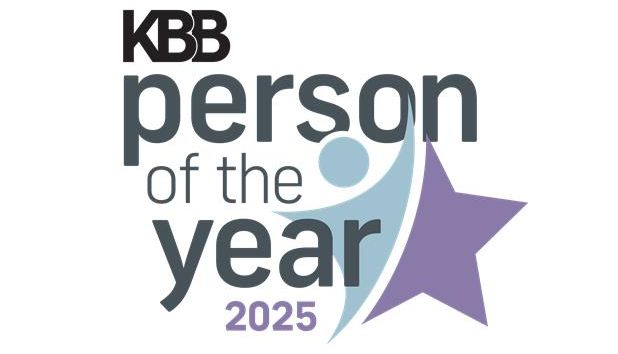In more than 20 years as interior designers, we’ve understood that a successful project is never the work of one person alone. Behind every elegant room, finely crafted piece of furniture and beautifully balanced space lies a tapestry of collaboration built on trust, respect and a shared vision. Collaboration is the cornerstone of our practice, beginning with two key partnerships: our clients and the skilled craftspeople who bring our ideas to life.
Every project we undertake is a collective effort from the first spark of inspiration to the final reveal. We believe that great design stems not just from expertise but also from the ability to work closely with others, drawing on their strengths to create something extraordinary. This philosophy is reflected in every step of our process.
Understanding the Client
Designing a home is an inherently personal endeavor. A home reflects the lives, aspirations and unique style of the people who live in it. Our role as designers is to listen intently, interpret the client’s vision and translate it into a cohesive, livable design that feels authentic to them.
Early collaboration with clients is key. We aim to understand how they live, what they value and what makes their hearts sing. How do they entertain guests? How do they unwind? What colors, textures and materials evoke comfort or joy for them? This discovery process forms the foundation of a successful project.
For example, in a recent project in Ridgefield, Conn., our clients – a young family – sought a home that balanced sophistication with functionality. They wanted a space that felt elevated but also practical for their daily lives. Their love of hand-carved wood and custom upholstery inspired the design, which incorporated rich textures and artisanal craftsmanship.
Transparency is also vital in building trust with clients. Open communication about budgets, timelines and potential challenges ensures they feel informed and involved every step of the way. When clients are treated as active partners, they develop a sense of ownership in the project, which strengthens the collaborative relationship. By fostering this partnership, we create not just a home but an experience that clients cherish.
The Role of Craftspeople
While the client sets the vision, it’s the skilled hands of craftspeople that bring it to life. Over the years, we’ve built a network of talented artisans who specialize in everything from custom millwork to Venetian plaster finishes. Their artistry transforms good design into something truly exceptional.
One fulfilling example was in a West Village townhouse where the client wanted a dining table honoring their Italian heritage. We partnered with a craftsman in northern Italy to create a table from reclaimed walnut with Renaissance-inspired inlay. It became more than furniture – a family heirloom imbued with history.
Craftspeople bring artistry and precision that mass production cannot replicate. Balancing clear direction with creative freedom fosters a collaborative dynamic, often leading to innovations that can elevate the project.
Navigating Challenges
Of course, collaboration isn’t without its challenges. Delays, material shortages and miscommunications are part and parcel of any creative process. What sets successful teams apart is their ability to navigate these challenges with a solution-oriented mindset and a shared commitment to the project’s success.
Long-term relationships with craftspeople are invaluable. Over multiple projects, we develop a shorthand that streamlines communication and problem-solving. For instance, our partnership with a Brooklyn-based metalworker has resulted in custom stair railings and bespoke light fixtures, blending trust and innovation to meet tight deadlines.
Challenges also present opportunities to innovate. When faced with a roadblock, we’ve often found that the collaborative spirit – the willingness to listen, adapt and think creatively – leads to unexpected breakthroughs that enhance the final result.
Celebrating Collaboration
At the end of a project, the shared sense of accomplishment is unmatched. Knowing we all contributed uniquely, standing in a completed space with the client and artisans is incredibly rewarding.
Design is not about imposing a singular vision but creating something more significant than the sum of its parts. We unlock creativity, innovation and authenticity by fostering collaboration among clients, craftspeople and designers.
In a world dominated by mass production, collaboration reminds us of the value of human connection and craftsmanship. Each piece – a hand-knotted rug or tailored sofa – tells a story of dreams, vision and skill. Together, they create a home as unique as the people living there.
The art of collaboration transcends individual projects. It’s about leaving a legacy of creativity, trust and beauty that endures long after completion. This makes design meaningful; connecting people, celebrating craftsmanship and creating inspiring spaces.
A Lasting Legacy
The art of collaboration extends far beyond the scope of individual projects. It’s about leaving a legacy of creativity, trust and beauty that endures long after the final nail is hammered and the furniture is arranged. These relationships – with clients, craftspeople and our own design team – are the threads that weave meaning into our work.
Ultimately, collaboration is what makes design meaningful. It connects people, celebrates artistry and results in spaces that inspire and uplift. In this shared endeavor, we find not just the joy of creation but also the deeper satisfaction of working together to build something extraordinary.
—By Petra McKenzie and Jonah Kilday, founders of MK Workshop









